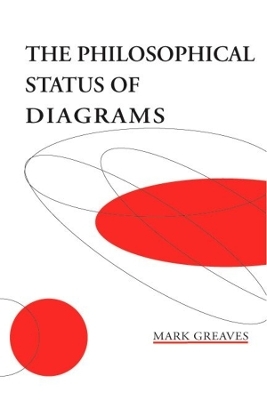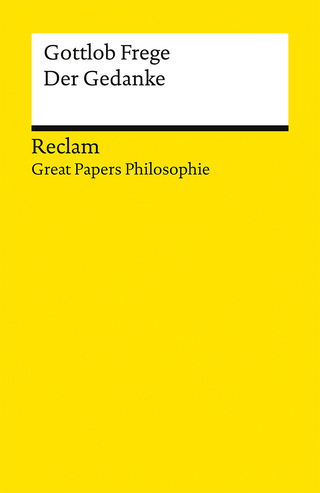
The Philosophical Status of Diagrams
Seiten
2001
Centre for the Study of Language & Information (Verlag)
978-1-57586-294-1 (ISBN)
Centre for the Study of Language & Information (Verlag)
978-1-57586-294-1 (ISBN)
This text explores the reasons why diagrams have been ignored in modern formal theories of axiomatic systems. By looking at the use of diagrams in logic and geometry it concludes that it is not technical incompatibility, but history and philosophy that restricts the use of diagrams in these fields.
The use of diagrams in logic and geometry has encountered resistence throughout the years. For a proof to be valid in geometry it must not rely on the graphical properties of a diagram. In logic the teaching of proofs depends on the sentenial representations, ideas formed as natural language sentences such as "if A is true and B is true...". No serious formal proof system is based on diagrams. This text explores the reasons why structured graphics have been ignored in modern formal theories of axiomatic systems. The effects of historical forces on the evolution of diagrammatically-based systems of inference in logic and geometry are explored, from antiquity to the early 20th-century work of David Hilbert. From this exploration emerges an understanding that the present negative attitudes towards the use of diagrams in logic and geometry owe more to implicit appeals to their history and philosophical background than to any technical incompatibility with modern theories of logical systems.
The use of diagrams in logic and geometry has encountered resistence throughout the years. For a proof to be valid in geometry it must not rely on the graphical properties of a diagram. In logic the teaching of proofs depends on the sentenial representations, ideas formed as natural language sentences such as "if A is true and B is true...". No serious formal proof system is based on diagrams. This text explores the reasons why structured graphics have been ignored in modern formal theories of axiomatic systems. The effects of historical forces on the evolution of diagrammatically-based systems of inference in logic and geometry are explored, from antiquity to the early 20th-century work of David Hilbert. From this exploration emerges an understanding that the present negative attitudes towards the use of diagrams in logic and geometry owe more to implicit appeals to their history and philosophical background than to any technical incompatibility with modern theories of logical systems.
| Erscheint lt. Verlag | 13.12.2002 |
|---|---|
| Reihe/Serie | Lecture Notes |
| Verlagsort | Stanford |
| Sprache | englisch |
| Maße | 15 x 23 mm |
| Gewicht | 312 g |
| Themenwelt | Geisteswissenschaften ► Philosophie ► Logik |
| Mathematik / Informatik ► Mathematik ► Geometrie / Topologie | |
| ISBN-10 | 1-57586-294-8 / 1575862948 |
| ISBN-13 | 978-1-57586-294-1 / 9781575862941 |
| Zustand | Neuware |
| Haben Sie eine Frage zum Produkt? |
Mehr entdecken
aus dem Bereich
aus dem Bereich
ein Gegenentwurf zum kurzfristigen Denken : so werden wir zu den …
Buch | Hardcover (2023)
REDLINE (Verlag)
18,00 €


